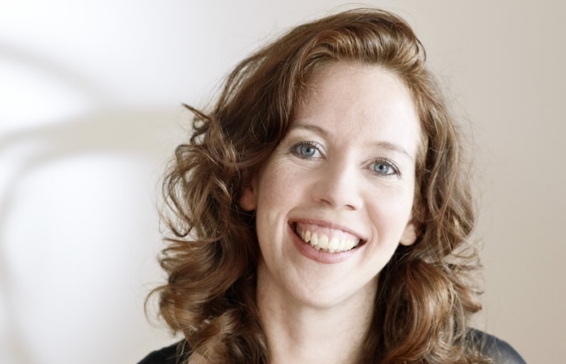Genevieve Lacey is the soloist in MCO’s The Virtuoso Recorder on Friday 17 April and Sunday 19 April.
How did you come to the recorder?
GL: I was born in the highlands of Papua New Guinea and grew up in a household of music lovers. When we moved to the capital city, Port Moresby, my older brother decided he wanted to learn an instrument. My parents found a fine recorder teacher and community of players, and given that my big brother was my hero, I needed to do whatever he was doing! So I began because of him, but quickly fell in love with the instrument in its own right. Something about the purity of the instrument really moved me, and still does.
How many different instruments will you perform on for this concert? Do you play on vintage instruments or modern ones?
GL: Just two – a descant, and a treble. I play modern instruments, which are copies of old ones. Not so many historical instruments survive: sadly, unlike violins and other string instruments, they deteriorate with age, as the wood gets wet when you play them. Some original instruments survive in museums and private collections, in varying states of repair, but it’s rare to have the chance to play one.
Luckily for me, Australia has an extraordinary tradition of recorder making. The late, great Fred Morgan was considered to be the best recorder maker since the 18th century, and he lived and worked in country Victoria, just near where I spent most of my childhood. My treble is one of his, an exquisitely expressive instrument, and the first Morgan I ever owned, so it’s particularly dear to me. My descant is made by Jo Saunders, Fred’s only apprentice. Her workshop is in the Abbotsford convent, here in Melbourne, and I have a close player-maker relationship with her. It’s an incredible privilege to have instruments made for you, to your taste and needs. Jo’s descant is also a copy of a historical instrument, but made with an Australian hardwood, Mulga. It has a clear, bell-like tone, and a warmth and depth that ought not be possible with such a small instrument – she’s an exceptional maker too.
Do you have a favourite work in this program?
GL: So hard to pick!
Brandenburg IV is an extraordinary piece of music, and the opening of that piece feels like an infusion of pure joy. Playing it with my colleague Hannah Coleman is an absolute pleasure, and we can’t wait to join Shane, Bill and the orchestra.
The Telemann concerto is beautifully eloquent. I love this work dearly. You can tell it’s written by a player – everything he writes speaks and sings so well on the instrument.
The Babell comes from a collection called ‘Entertainments for a Small Flute’, and it’s so charming. The second movement’s particularly gorgeous.
So I guess that’s three favourites, out of three…
What should the audience be listening for in The Virtuoso Recorder?
GL: I like the idea that audiences listen for whatever moves them, and respond to the music through their own frames of reference. One of the many things I love about music is that it can be many things for many people.
But I understand too that sometimes it helps to have some ways into the music. I think the purity of the recorder sound could definitely be a thread to trace through this concert. Unlike string instruments, with their huge range of colours and dynamics, the recorder is a simple pipe. It’s the uncluttered, direct sound and articulation of the instrument that I love – its lack of airs and graces. Paradoxically, something about the simplicity of the instrument often feels to me as though it reveals a great deal about the player – there’s nothing to hide behind, so the music and the player become beautifully transparent. Or so I hope on a good day, and fear on a shaky one!

